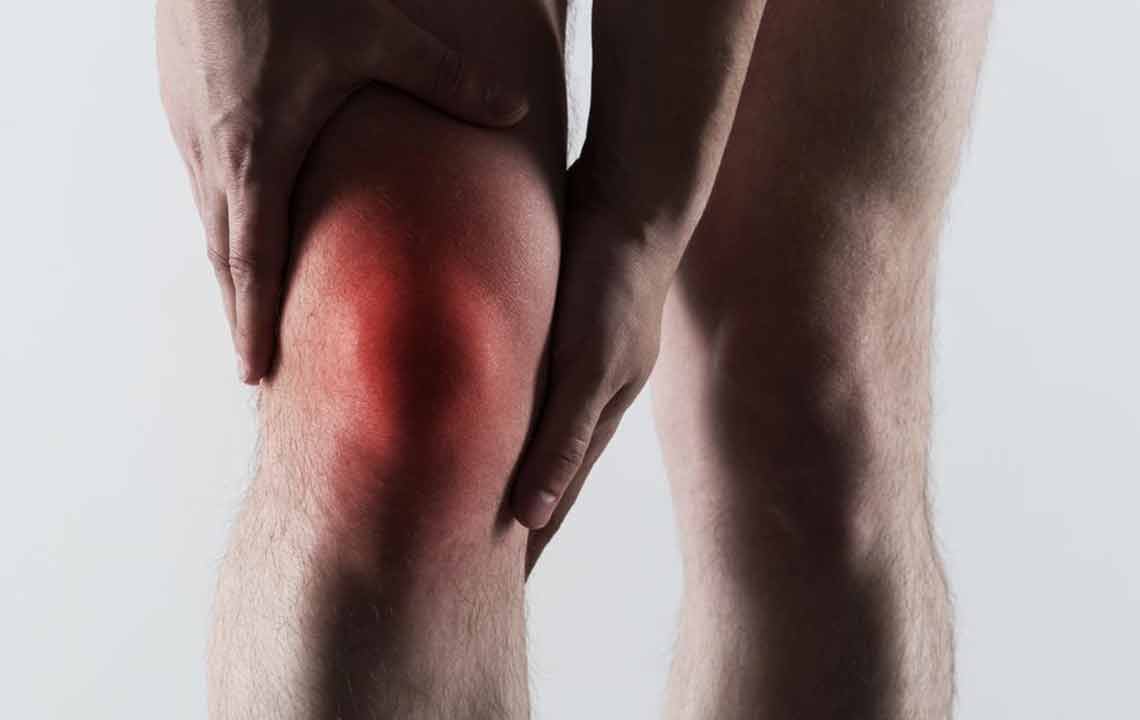Understanding Gout: Causes, Diagnosis, and Treatment Options
This article provides comprehensive insights into gout, covering its causes, risk factors, diagnosis, and treatment strategies. It emphasizes lifestyle changes, medications, and preventive measures to manage and reduce gout attacks effectively. Readers will gain a clear understanding of how to recognize symptoms, seek proper diagnosis, and follow appropriate treatment plans for long-term relief.

Understanding Gout: Causes, Diagnosis, and Treatment Options
Gout is a form of arthritis caused by excess uric acid buildup in the bloodstream, leading to sharp crystal deposits in joints. It commonly affects the big toe but can also involve the ankle, knee, wrist, foot, or elbow.
The condition typically manifests as sudden, intensely painful attacks with redness and swelling around the joint. These episodes usually last between 3 to 10 days, with the initial 36 hours being particularly severe. After an attack, individuals often remain symptom-free for months or years.
Who is Most at Risk? Gout predominantly affects men over 40, with a male-to-female ratio of 3:1. Women usually develop it post-menopause. Risk factors include being overweight and alcohol consumption. Additional susceptibility is seen in individuals with a family history of gout, those taking certain medications like diuretics, or those with conditions such as hypertension, heart disease, diabetes, or high cholesterol. Having had gastric bypass surgery also increases risk.
Causes of Gout
Uric acid is produced when your body breaks down purines, chemical compounds found naturally in your body and in foods like shellfish, red meats, and sugary drinks. Normally, uric acid dissolves in your blood and is excreted through urine. However, excessive production or reduced elimination causes uric acid to crystallize in joints, leading to gout. Elevated uric acid can also cause tophi — disfiguring lumps around joints, or kidney stones from crystal deposits in the urinary tract.
Diagnosing Gout
Joint Fluid Analysis: Fluid from the affected joint is examined for urate crystals.
Blood Testing: Measures uric acid and creatinine levels, although high uric acid doesn’t always indicate gout.
X-Ray Imaging: Helps exclude other joint issues.
Ultrasound: Detects urate crystals within joints.
Dual Energy CT Scan: Identifies urate crystal deposits, even during inflammation.
Effective Gout Management
For acute gout attacks, proper rest, elevation of the joint, and nonsteroidal anti-inflammatory drugs (NSAIDs) can provide relief. Consulting a healthcare provider before medication use is essential.
Preventing Future Attacks
Maintain a healthy weight. Avoid fasting or extreme dieting, which can increase uric acid.
Engage in regular exercise.
Limit alcohol, especially beer, which hampers uric acid elimination.
Reduce intake of purine-rich foods like meat and seafood.
Discuss medications with your doctor to lower uric acid levels.
Medications for Gout Treatment
Medications are categorized into short-term and long-term options. Short-term meds like NSAIDs, colchicine, and corticosteroids help relieve pain during flare-ups. Long-term treatments, including uricosuric agents, xanthine oxidase inhibitors, colchicine, and pegloticase, aim to lower uric acid production, reducing attack frequency and severity. Always adhere to prescribed regimens for best results.










